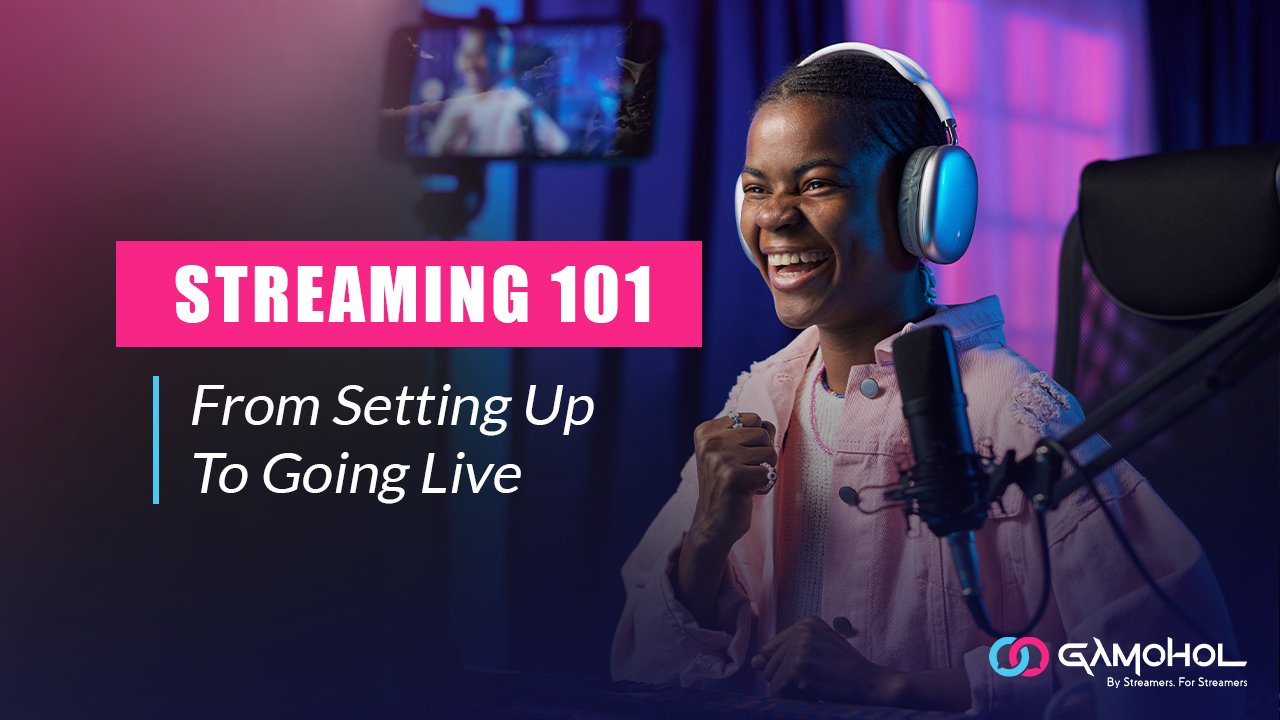
Streaming 101: From Setting Up To Going Live
Starting a streaming career can be both thrilling and challenging. From choosing the right equipment to engaging with viewers, here’s an essential guide to help you set up your channel, grow your audience, and build a successful streaming presence.
Equipment Essentials
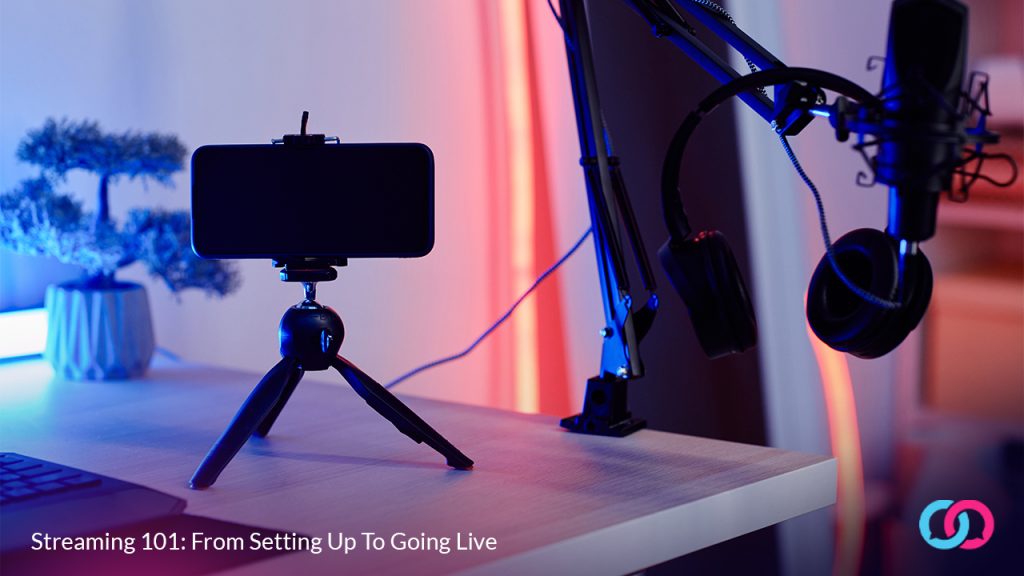
Your equipment can make a significant difference in stream quality and viewer experience. Here’s what to consider:
- Basic Setup: You can start streaming with just a smartphone, but for a more polished, professional look, a few upgrades are beneficial:
- Microphone: Clear audio is critical. Quality microphones like the Blue Yeti or Audio-Technica AT2020 are reliable, affordable, and widely used by streamers.
- Webcam: A good camera enhances viewer engagement. The Logitech C922 offers excellent quality for its price, or consider using a DSLR if you want the highest quality.
- Headphones: Using headphones prevents audio feedback and lets you monitor your stream’s sound.
- Computer: If you’re streaming games, make sure your PC is powerful enough to handle both the game and streaming software smoothly. Most streamers get by with a single PC, especially with modern hardware that can manage both tasks effectively. However, for those with high-performance demands—like streaming at very high quality or using intensive multitasking setups—a dual-PC setup might be worth considering, with one PC dedicated solely to streaming.
| High-End | Mid-Range | |
| Processor (CPU) | Intel Core i9-13900K or AMD Ryzen 9 7950X. These top-tier processors provide exceptional performance for demanding streaming and gaming applications. | Intel Core i7-13700K or AMD Ryzen 7 7700X. These CPUs offer solid performance for gaming and streaming tasks. |
| Memory (RAM) | 32GB DDR5: Ideal for high-quality streams and multitasking. | 16GB DDR5: Sufficient for most gaming and streaming needs. |
| Graphics Card (GPU) | NVIDIA GeForce RTX 4090 or AMD Radeon RX 7900 XTX. These powerful GPUs ensure smooth gameplay and efficient video encoding. | NVIDIA GeForce RTX 4070 Ti or AMD Radeon RX 7900 XT. These GPUs offer a good balance of performance and value. |
| Storage | Primary Drive: 1TB – 2TB NVMe SSD (PCIe Gen 4 or Gen 5) – Faster speeds for quicker load times, boot-up, and efficient handling of large files and applications. The larger capacity ensures ample space for games, applications, and even some raw footage. Secondary Drive: 2TB – 4TB SSD (NVMe or SATA) or HDD – SSD preferred for fast access to high-quality video files; HDD is viable for archiving and long-term storage. | Primary Drive: 512GB SSD (SATA or entry-level NVMe) – Enough for the operating system, essential software, and a few games or programs. Secondary Drive: 1TB HDD – Provides affordable storage for video recordings, media files, and less frequently accessed data. |
Software Choices
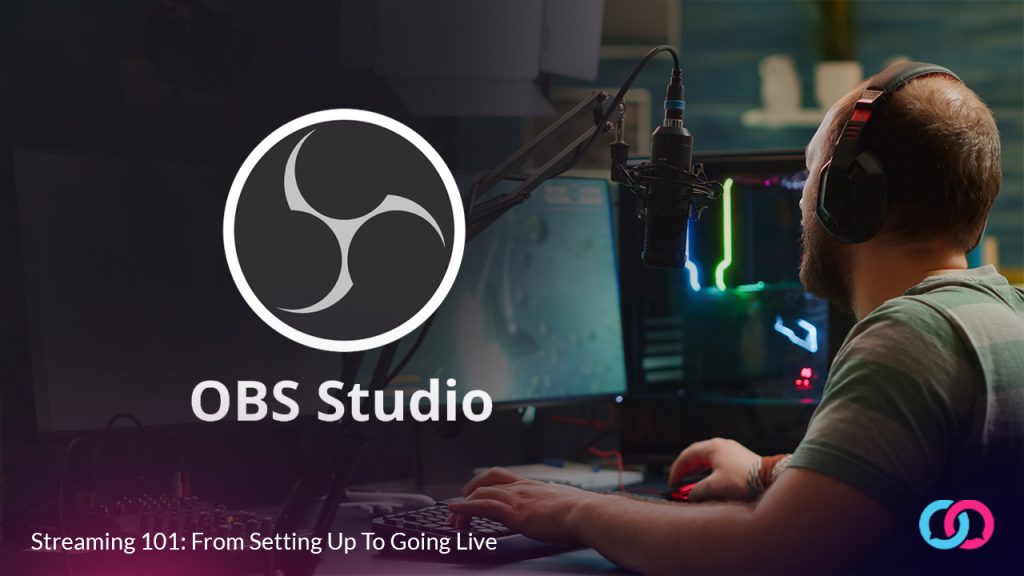
Your streaming software will be the control center for your broadcast, so choosing the right one is essential:
- Streaming Software: OBS Studio is one of the most popular options. It’s flexible, reliable, and free, making it ideal for streamers at any level. OBS lets you set up multiple scenes, adjust audio, and add overlays for a customized viewing experience.
- Scene Setup: Scenes allow you to transition smoothly between different visuals, like gameplay, your webcam, and overlays for donation alerts or chat boxes. A well-designed scene setup makes for a more professional and engaging stream.
Platform Selection
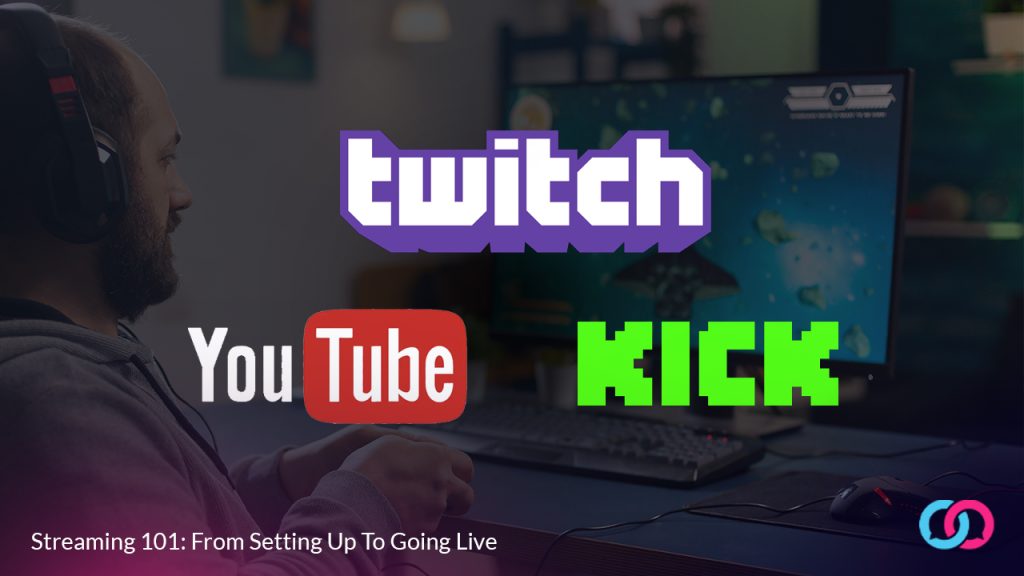
Choosing the right platform to stream on is crucial for reaching your target audience:
- Twitch: Twitch is widely recognized as the premier platform for gaming content, boasting a large, active community. It’s especially beneficial for beginners due to its built-in support and resources, like the Twitch Creator Camp, which offers guides on everything from setting up streams to engaging with viewers. Twitch’s culture of live interaction, combined with features like channel points and raids, helps new streamers build a sense of community quickly. Additionally, Twitch’s monetization options, such as subscriptions and bits, offer straightforward ways to start earning as your audience grows.
- YouTube Live: YouTube Live is ideal for those looking to create a mix of gaming, lifestyle, or educational content, as it accommodates a wider range of genres and topics than Twitch. YouTube’s discoverability through search and recommendations makes it easier to attract new viewers, especially if you’re also uploading regular videos to your channel. If you already have subscribers, streaming on YouTube Live can be an effective way to boost engagement with your existing audience. Plus, YouTube offers ad revenue, channel memberships, and Super Chats as income sources for streamers.
- Kick and Other Platforms: Newer platforms like Kick present opportunities for creators looking for alternative revenue models and communities. Kick, for instance, offers a higher revenue share for creators compared to Twitch, making it an appealing choice if you’re focused on monetization from the start. Smaller or emerging platforms can also be less saturated, potentially giving new streamers a chance to stand out more easily. However, these platforms might have smaller audiences, so weigh the benefits of niche appeal versus reach.
- Multi-Streaming: Multi-streaming tools, such as Restream and Streamlabs’ multi-streaming feature, allow you to broadcast your stream across multiple platforms at once, like Twitch, YouTube, Facebook Gaming, and others. Multi-streaming can be a valuable strategy for new streamers, helping you reach a wider audience without committing to just one platform while you explore which community fits your content best. However, keep in mind that each platform has its own rules and culture, so be ready to engage with viewers in multiple places and adapt to platform-specific features.
Content and Stream Management
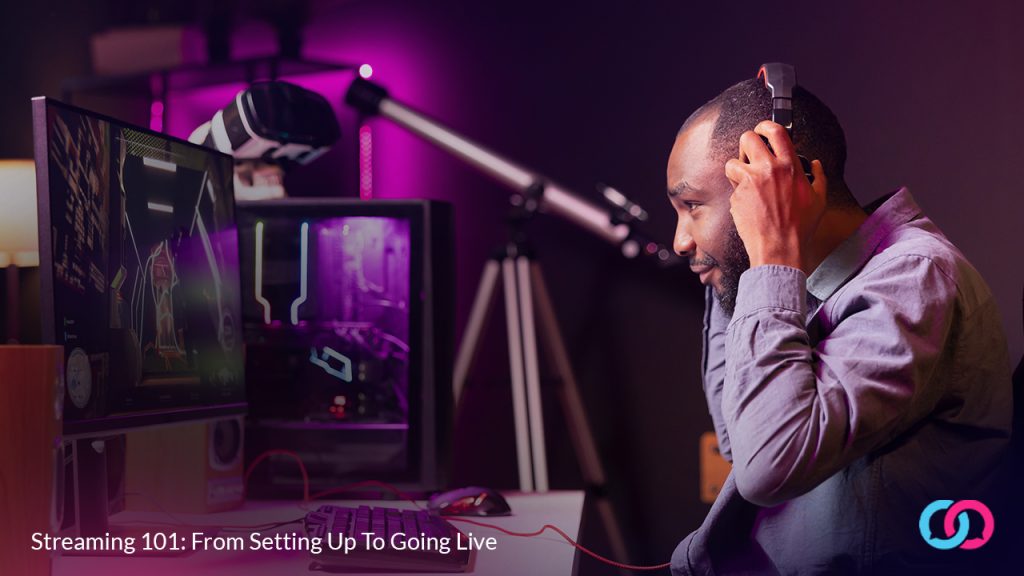
To keep viewers engaged and coming back, consistent, thoughtful stream management is key:
- Be Consistent: Stream at regular times. Consistency helps viewers know when to tune in and builds routine.
- Engagement: Actively interact with your audience by responding to comments and acknowledging viewers. The more personal and welcoming your stream, the more likely people will return.
- Branding: Even basic branding, like using consistent colors, a memorable logo, or themed overlays, can make your channel look more professional and memorable.
- Content Preparation: Spontaneity is great, but having a loose structure or specific goals in mind keeps the stream engaging and dynamic.
Tips for Growth
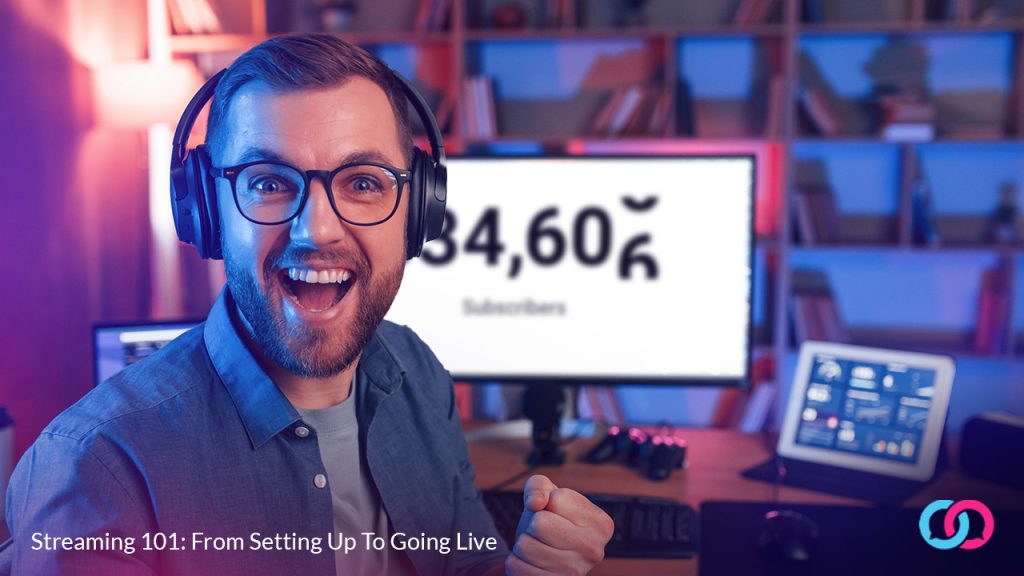
Growing your channel requires more than just going live. Here are some proven strategies:
- Networking and Collaboration: Collaborating with other streamers can help you reach new viewers and grow your community. Be genuine in your approach, focusing on meaningful connections rather than purely self-promotional tactics to build a positive reputation.
- Consistency: Stick to a regular streaming schedule. A predictable routine builds viewer loyalty and helps new viewers know when to tune in.
- Content Structure: Outline your stream with loose goals or topics, like specific game objectives or discussion points. This structure keeps streams engaging and organized, even with spontaneous moments.
- Branding: Develop a simple, cohesive look for your channel using a logo, consistent colors, and basic overlays. Good branding makes your channel recognizable and professional.
- Interactive Elements: Use features like on-screen notifications for donations, or alerts for new followers to make the viewing experience more dynamic and engaging.
Technical Tips
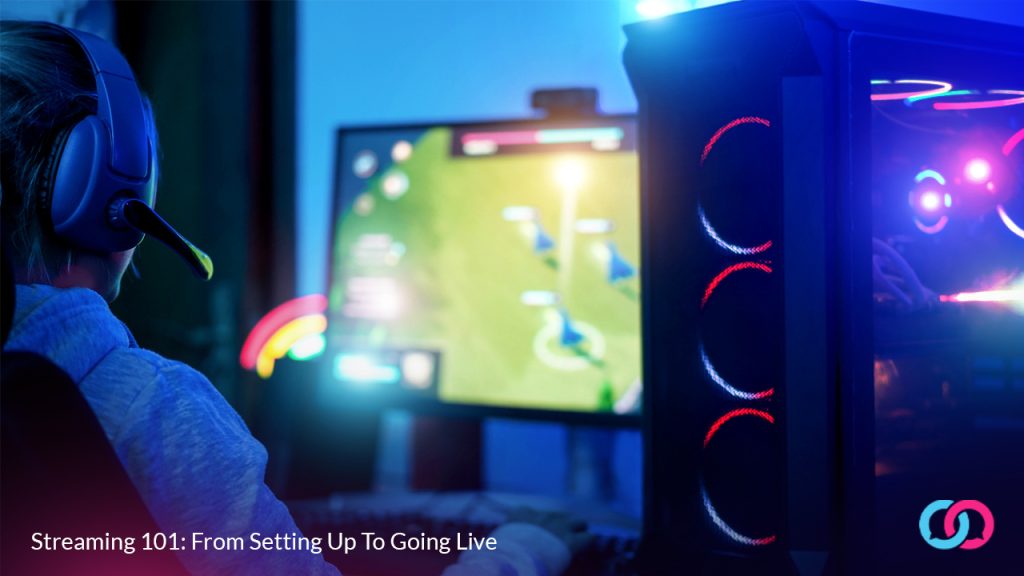
Technical stability is essential for a seamless streaming experience:
- Bitrate: For non-partnered Twitch streamers, a video bitrate around 2000kbps often works best to ensure smooth streaming without compromising quality. Adjust according to your internet speed and platform guidelines.
- Test Your Setup: Before going live, do a few private test streams to troubleshoot any audio, video, or connection issues. This will ensure a polished, uninterrupted experience for your viewers.
Legal and Ethical Considerations
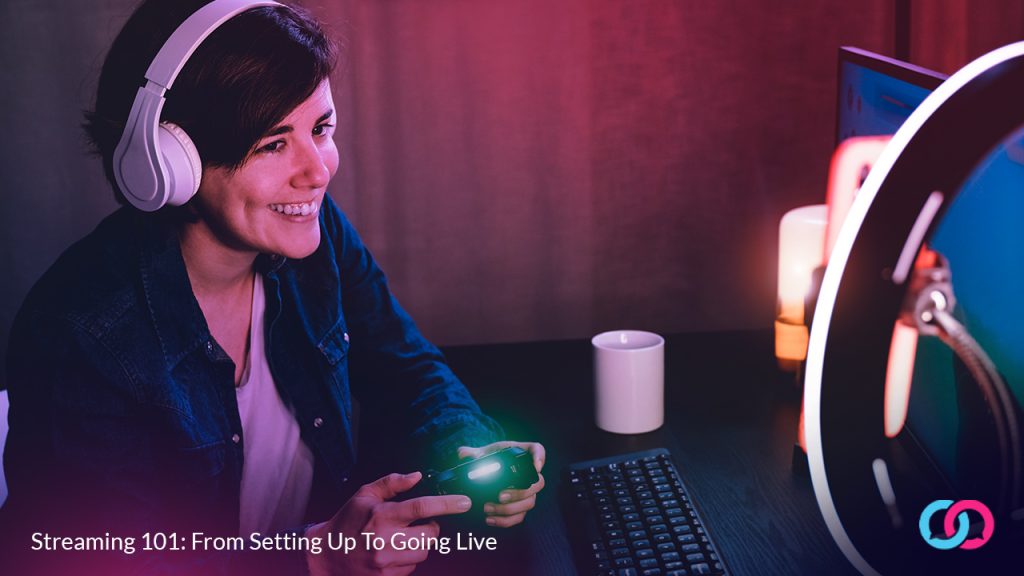
Adhering to platform rules and respecting copyright helps maintain a good standing with your chosen platform:
- Follow Platform Guidelines: Each platform has specific streaming rules. Twitch, for example, has strict policies on content and conduct, so be sure to review these regularly.
- Avoid Looping Content: Many platforms frown on looping pre-recorded content as it can harm the live-streaming community’s integrity. Aim to provide fresh, authentic content each session.
Viewer Interaction
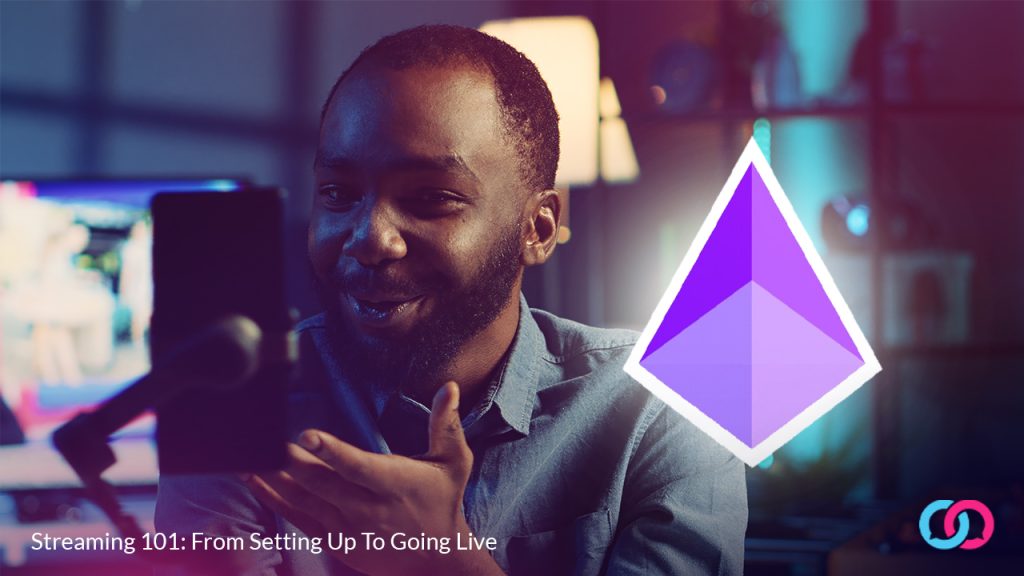
Interacting with your audience helps build loyalty and community:
- Engage with Viewers: Actively respond to comments and address viewers by name. This personal touch makes viewers feel seen and creates an active community.
- Encourage Participation: Implement small engagement tools, like text-to-speech for donations or interactive chat features. These elements create a fun, participatory atmosphere.
- Moderation: Set chat guidelines and actively moderate to maintain a respectful environment. A welcoming chat encourages more people to join and interact.
- Share Your Schedule: Keep your streaming schedule visible on your profile and social media, so viewers know when to tune in regularly.
Starting streaming is about finding your niche, being consistent, and engaging with your community while continually improving your setup and content. Enjoy the process, as the enjoyment translates to your audience.
